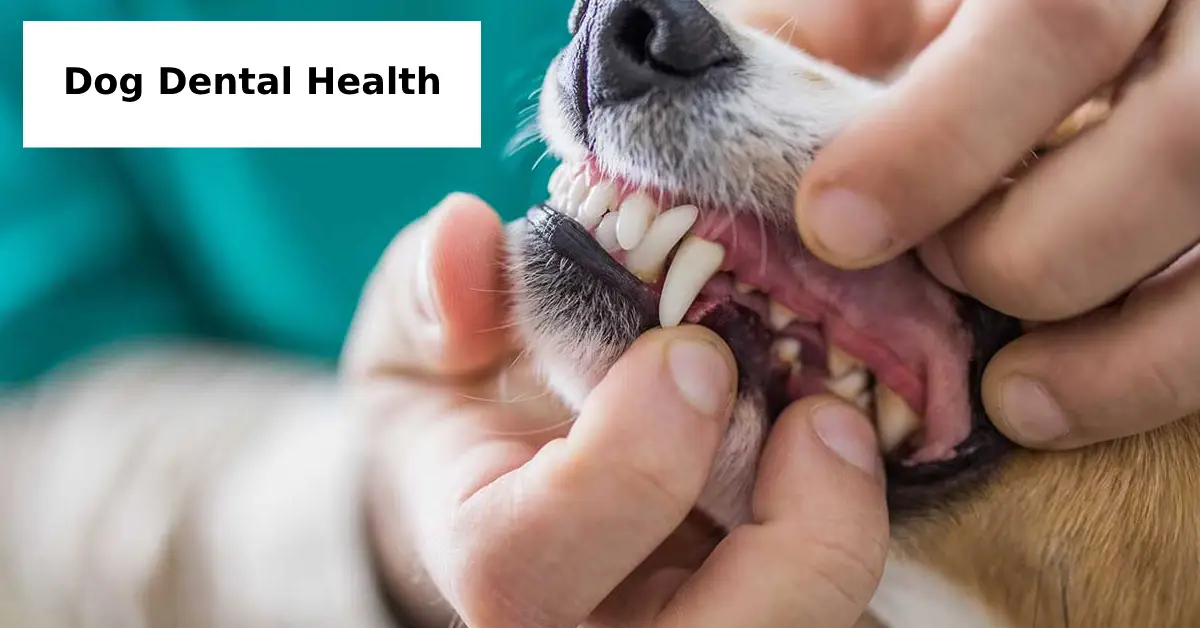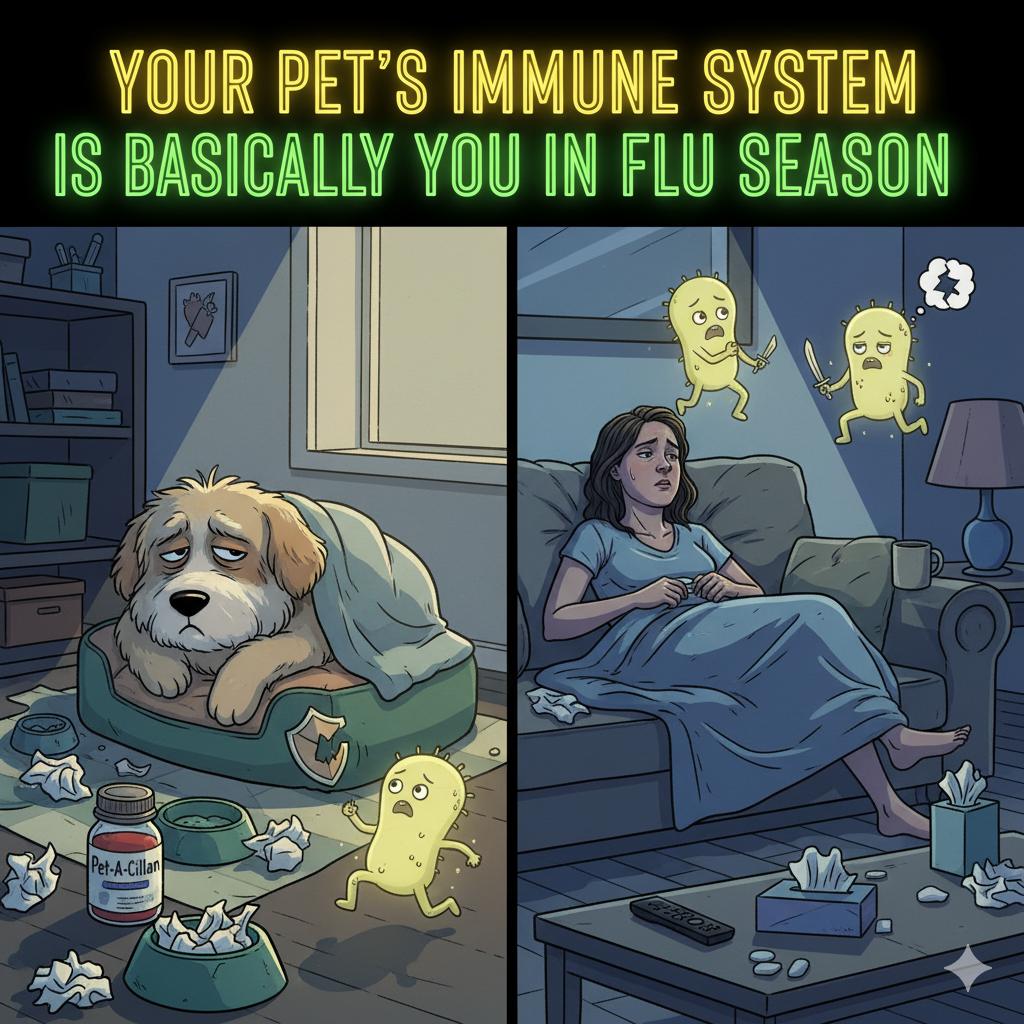Maintaining your dog’s dental health is more than just keeping their breath fresh—it’s vital for their overall wellbeing. Poor oral hygiene in dogs can lead to plaque buildup, gum disease, and even serious internal health issues. Whether you’re a first-time dog parent or a seasoned pet owner, learning to care for your dog’s teeth is essential. In this blog, we’ll walk you through 5 simple tips for better dog dental health, backed by expert advice and tailored for pet owners aged 25–55 in urban/suburban areas.
Let’s explore how to keep your dog’s teeth clean, gums healthy, and tail wagging—without overwhelming trips to the vet.
1. Brush Their Teeth Regularly: A Key to Dog Dental Health
The number one tip for maintaining dog dental health is simple—brush your dog’s teeth regularly. Many first-time dog parents concerned about long-term health often overlook this basic step, but it’s as important as feeding them the right food.
Use a vet recommended dog dental care kit, which includes a soft-bristled toothbrush and best dog toothpaste for bad breath. Never use human toothpaste, as it can be harmful. Most dog-friendly toothpaste comes in tasty flavors like poultry or peanut butter, making the brushing process easier.
How to brush your dog’s teeth:
- Start slow, allowing them to get comfortable with the brush.
- Brush in small circles along the gum line.
- Aim for at least 2–3 times per week, daily if possible.
Brushing not only removes food particles but also prevents plaque removal for dogs naturally, before it hardens into tartar.
2. Use Natural Dog Dental Chews
Chewing is a natural way for dogs to keep their teeth clean. Products like natural dog dental chews help reduce plaque and tartar buildup while satisfying your pup’s instinct to gnaw. These chews are especially popular among eco-conscious pet owners looking for natural dental solutions.
Look for chews made with ingredients like sweet potato, mint, or activated charcoal. Avoid chews with artificial preservatives or sugar.
If your pet has dietary sensitivities or a sensitive stomach, consult your vet for chew recommendations. Most U.S. households spending on natural or vet-recommended pet products now prefer eco-friendly, safe options for their furry friends.
3. Schedule Annual Vet Dental Checkups
Just like humans, dogs need professional dental checkups at least once a year. A vet can examine your dog’s teeth and gums, spot signs of disease early, and recommend treatments like dog teeth cleaning without anesthesia for those who can’t tolerate sedation.
Watch for these signs of dental disease in dogs:
- Bad breath
- Yellow or brown buildup on teeth
- Difficulty chewing
- Bleeding or red gums
- Drooling excessively
U.S.-based vet clinics or pet stores targeting dental care awareness often run dental health campaigns in February (Pet Dental Health Month), which is a great time to book an appointment and explore affordable dog dental care tips.
4. Introduce a Balanced Diet with Dental Benefits
What your dog eats plays a big role in their dental hygiene. Kibble, for example, can help scrape plaque off teeth, while soft wet food may contribute to faster buildup. Several dog dental health products come as dental diets, formulated to clean teeth as your dog chews.
Some vet-recommended dry food brands include ingredients that:
- Fight oral bacteria
- Promote gum health
- Freshen breath
For dog owners with small breeds prone to dental issues, this diet shift can make a huge difference, as smaller dogs are more susceptible to tartar buildup and periodontal disease.
You can also find plaque removal for dogs powders or water additives to mix with meals—consult your vet for safe options.
5. Make Dental Care Fun and Consistent
The key to better dog dental health is consistency—and that often means turning routine care into a positive experience. Use rewards, praise, and routines to help your dog look forward to dental care.
You can also gamify the process:
- Use flavored toothpaste they love
- Let them “earn” dental chews after brushing
- Add in tooth-friendly toys that massage gums
Consistency pays off not just for clean teeth, but for building trust between you and your pup. Pet care bloggers and influencers often showcase daily dental care routines to inspire other owners—don’t hesitate to follow a few for tips and reviews on new products.
Bonus: Home Dental Cleaning Between Vet Visits
While brushing and chewing are the cornerstones, you can go a step further with dog dental cleaning at home. Tools like dental wipes, finger brushes, and enzyme-based gels are effective for quick touch-ups.
Here’s how you can practice safe dog dental cleaning at home:
- Use dog-safe dental wipes to gently clean the surface of teeth
- Massage gums using a silicone finger brush
- Apply gel products that fight bacteria and prevent plaque buildup
Home care is especially useful between vet visits and for affordable dog dental care tips in multi-dog households.
Products to Keep on Your Radar
There are many dog dental health products that can enhance your at-home routine. Some vet-trusted and pet-parent-approved products include:
- Oravet Chews – Recommended for breath and plaque control
- Virbac CET Toothpaste – Best for brushing and safe to swallow
- Vet’s Best Dental Spray – Ideal for in-between brushings
- Greenies Dental Chews – Loved by dogs for taste and function
When shopping, choose vet recommended dog dental care options or items marked with the Veterinary Oral Health Council (VOHC) seal.
Don’t Ignore Travel Time
If you’re traveling with your furry companion, be sure to maintain their dental routine on the road too. It’s easy to forget brushing when you’re out of town, but dog travel health precautions include consistent dental care.
Carry travel-sized toothpaste and a foldable brush in your dog’s health kit, and always pack a few dental chews or wipes for convenience.
Final Thoughts
A healthy mouth leads to a healthy pup. By following these 5 simple tips for better dog dental health, you’ll not only save on vet bills but also ensure your dog stays happy and comfortable for years to come.
Whether you’re a first-time dog parent, a pet owner aged 25–55 in suburban areas, or even a pet care influencer, building these habits now helps avoid complications later.
Regular brushing, natural chews, annual checkups, proper diet, and consistent care—all contribute to a bright, clean doggy smile. Dental health isn’t a luxury; it’s a necessity.
Take action today—your dog’s smile will thank you tomorrow!
Learn more about essential dog travel health precautions during road trips or vacations.






2 thoughts on “5 Simple Tips for Better Dog Dental Health”